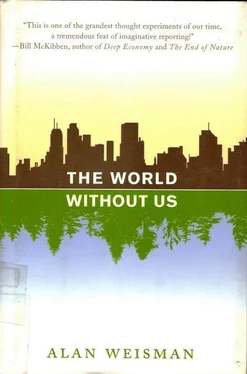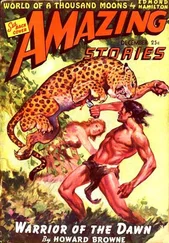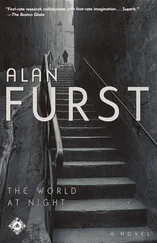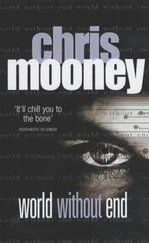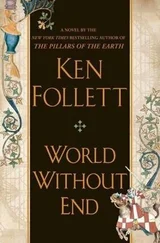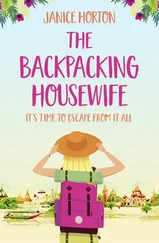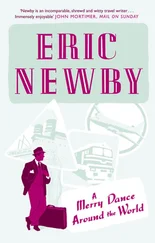Arsenic turned out to work even better, and was cheaper. Until it was banned in the 1890s, it was used widely, and heavy arsenic levels are sometimes a problem for archaeologists examining some old U.S. graveyards. What they generally find is that the bodies decomposed anyway, but the arsenic stayed.
After that came today’s formaldehyde, from the same phenols that produced Bakelite, the first man-made plastic. In recent years, a green burial movement has protested formaldehyde, which oxidizes to formic acid, the toxin in fire ants and bee stingers, as yet one more poison to leach into water tables: careless people, polluting even from the tomb. The eco-burialists also challenge why, after we intone sacred words about dust returning to dust, we ambivalently place bodies in the ground, yet go to extraordinary lengths to seal them away from it.
That sealing begins—but only begins—with the casket. Pine boxes have yielded to modern sarcophagi of bronze, pure copper, stainless steel, or coffins crafted from an estimated 60 million board feet of temperate and tropical hardwoods, felled annually just to be buried underground. Yet not really under the ground, because the box into which we’re tucked for good goes inside another box, a liner usually made of plain gray concrete. Its purpose is to support the weight of the earth so that, as in older cemeteries, graves don’t sink and headstones don’t tumble when caskets below rot and collapse. Because their lids aren’t waterproof, holes in liner bottoms allow whatever trickles in to drain away.
The green burial folks prefer no liners, and coffins of materials that quickly biodegrade, like cardboard or wicker—or none at all: unembalmed, shrouded bodies are placed right in the dirt to start returning their leftover nutrients to the earth. Although most people throughout history were probably interred this way, in the Western world only a handful of cemeteries permit it—and even less, the green headstone substitute: planting a tree to immediately harvest the formerly human nourishment.
The funeral industry, emphasizing the value of preservation, counsels something rather more substantial. Even concrete liners are considered crude compared to bronze vaults so tight that in a flood, they pop up and float, despite weighing as much as an automobile.
According to Michael Pazar, vice president at Wilbert Funeral Services of Chicago, the biggest manufacturer of such burial bunkers, the challenge is that “tombs, unlike basements, don’t have sump pumps.” His company’s triple-layered solution is pressure-tested to withstand a six-foot head of water—meaning a cemetery transformed by a rising water table into a pond. It has a concrete core, clad in rust-proof bronze, lined inside and sheathed outside with ABS: an alloy of acrylonitrile, styrene, and butadiene rubber, which may be the most indestructible, impact-and-heat-resistant plastic there is.
Its lid is affixed with a proprietary butyl sealer that bonds to the seamless plastic liner. The sealer, Pazar says, may be strongest of all. He mentions a major private testing lab in Ohio, whose reports are also proprietary. “They heated it, hit it with ultraviolet, soaked it in acid. The test report said it will last millions of years. I’d be uncomfortable with that, but these guys are Ph.D.s. Imagine some time in the future when archaeologists only find these rectangular butyl rings.”
What they won’t find, however, is much sign of the former human to whom we devoted all the expense, chemistry, radiation-resistant polymers, endangered hardwoods, and heavy metals—which, like the mahogany and walnut, were wrenched from the Earth only to be stuck back in it. With no incoming food to process, the body’s enzymes will have liquefied whatever tissues bacteria didn’t eat, mixing the results for a few decades with the acidic stew of embalming juices. That will be yet another test for the seals and ABS plastic liner, but they should easily pass, outlasting even our bones. Should those archaeologists arrive before the bronze and concrete and everything else but the butyl seal have dissolved away, all that remains of us will be a few inches of human soup.
Deserts like the Sahara, the Gobi, and Chile’s Atacama, where desiccation is near-total, occasionally yield natural human mummies, with intact clothing and hair. Thawing glaciers and permafrost sometimes give up other long-dead, eerily preserved predecessors of we, the living, such as the leather-clad Bronze Age hunter discovered in 1991 in the Italian Alps.
There won’t be much chance, however, for any of us presently alive to leave a lasting mark. It’s rare these days for anyone to be covered with mineral-rich silt that eventually replaces our bone tissue until we turn into skeleton-shaped rocks. In one of our stranger follies, we deny ourselves and our loved ones the opportunity of a true lasting memorial—fossilhood—with extravagant protections that, in the end, only protect the Earth from being tainted by us.

THE ODDS OF us all going together, let alone soon, are slight, but within the realm of possibility. The chance that only humans will die, leaving everything else to carry on, is even more remote, but nevertheless greater than zero. Dr. Thomas Ksiazek, chief of the Special Pathogens Branch at the U.S. Centers for Disease Control, is paid to worry that something could take out many millions of us. Ksiazek is a former army veterinary microbiologist and a virologist, and his consultations range from threats of biological attack to hazards that unexpectedly jump from other species, such as the SARS coronavirus he helped to characterize.
Grim as those scenarios are, especially in an age when so many of us live in oversized Petri dishes called cities, where microbes congregate and flourish, he doesn’t see an infectious agent arising that could wipe out the entire species. “It would be unparalleled. We work with the most virulent, and even with those there are survivors.”
In Africa, periodic horrors like the Ebola and Marburg viruses have slain villagers, missionaries, and so many health care workers that the rest fled their hospitals. In each instance, what finally broke the chain of contagion was simply getting staff to wear protection and scrub with soap and water—often lacking in poor areas where such diseases usually begin—after touching patients.
“Hygiene is the key. Even if someone tried to introduce Ebola intentionally, though you might get a few secondary cases in families and hospital staff, with sufficient precautions it would die out rapidly. Unless it mutated to something more viable.”
High-hazard viruses like Ebola and Marburg originate in animals—fruit bats are suspected—and are spread among people through infected body fluids. Since Ebola finds its way into the respiratory tract, U.S. Army researchers at Fort Detrick, Maryland, tried to see if a terrorist might be able to concoct an Ebola bomb. They created an aerosol capable of spreading the virus back to animals. “But,” says Ksaizek, “it doesn’t make respiratory particles small enough to be easily transmissible to humans via coughing or wheezing.”
But if one Ebola strain, Reston , ever mutated, we might have a problem. Currently, it kills only nonhuman primates; unlike other Ebolas, however, it is believed to attack through the air. Similarly, if highly virulent AIDS, which is currently passed through blood or semen, were ever to become airborne, it could be a real species-stopper. That’s unlikely, Ksiazek believes.
“Possibly it could change its transmission route. But the current way is actually advantageous to HIV’s survival because it allows victims to spread it around awhile. It evolved into that niche for a reason.”
Читать дальше
